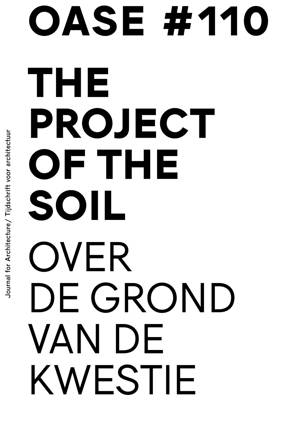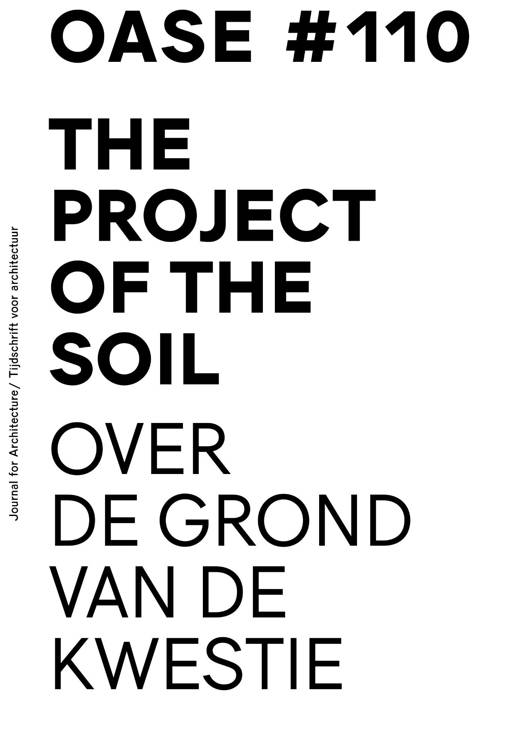
Je cadeautjes zeker op tijd in huis hebben voor de feestdagen? Kom langs in onze winkels en vind het perfecte geschenk!
- Afhalen na 1 uur in een winkel met voorraad
- Gratis thuislevering in België vanaf € 30
- Ruim aanbod met 7 miljoen producten
Je cadeautjes zeker op tijd in huis hebben voor de feestdagen? Kom langs in onze winkels en vind het perfecte geschenk!
- Afhalen na 1 uur in een winkel met voorraad
- Gratis thuislevering in België vanaf € 30
- Ruim aanbod met 7 miljoen producten
Zoeken
Omschrijving
For a long time, the theme of soil – as matter, not as territory – has been the quasi exclusive subject of agriculture, geography and soil science. Only in the last few decades, due to a rapidly growing awareness of climate change, has soil increasingly come into focus in urban design, in particular as a matter that can also provide ecosystem services in urban environments.
The editors of OASE 110 believe that soils, although degraded and fragmented, call to be looked upon with a new gaze. They should be rearticulated in a new project aimed at the construction of a shared, productive and inhabited nature, containing different elements of urbanity and offering – at the same time – a more resilient and sustainable environment for all.
Inspired by Bernardo Secchi’s 1986 text ‘Progetto di Suolo’, this issue of OASE makes a critical analysis of how soil – as an intermediary package that connects surface and subsurface – can further connect to the practices of urbanism and urban design, and how it can guide those practices in exploring new agendas.
The editors of OASE 110 believe that soils, although degraded and fragmented, call to be looked upon with a new gaze. They should be rearticulated in a new project aimed at the construction of a shared, productive and inhabited nature, containing different elements of urbanity and offering – at the same time – a more resilient and sustainable environment for all.
Inspired by Bernardo Secchi’s 1986 text ‘Progetto di Suolo’, this issue of OASE makes a critical analysis of how soil – as an intermediary package that connects surface and subsurface – can further connect to the practices of urbanism and urban design, and how it can guide those practices in exploring new agendas.
Specificaties
Betrokkenen
- Uitgeverij:
Inhoud
- Aantal bladzijden:
- 128
- Taal:
- Meerdere talen
- Reeks:
Eigenschappen
- Productcode (EAN):
- 9789462086821
- Verschijningsdatum:
- 11/02/2022
- Uitvoering:
- E-book
- Beveiligd met:
- Digital watermarking
- Formaat:

Alleen bij Standaard Boekhandel
+ 14 punten op je klantenkaart van Standaard Boekhandel
Beoordelingen
We publiceren alleen reviews die voldoen aan de voorwaarden voor reviews. Bekijk onze voorwaarden voor reviews.








